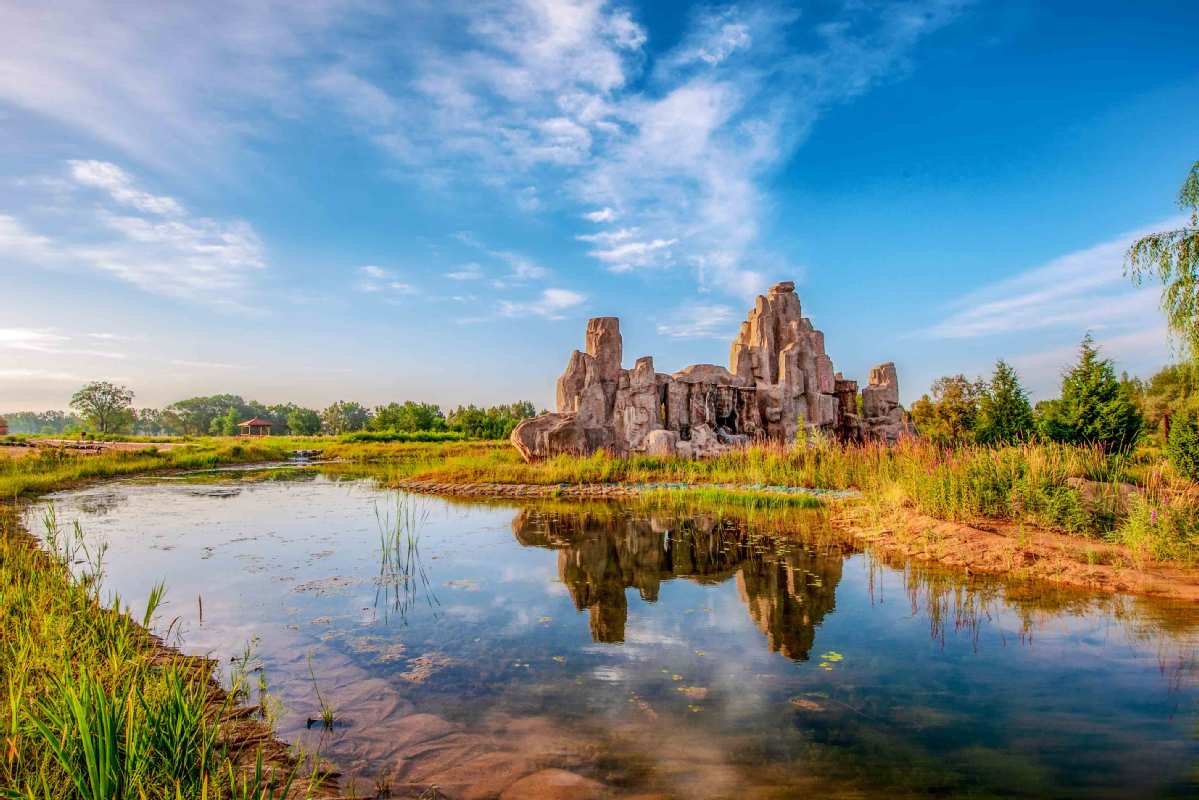'Biological gene pool' offers rich natural resources in western desert


Ningxia Haba Lake Ecotourism Area in Ningxia Hui autonomous region, which has rich animal and plant resources and natural landscape resources, is known as a natural “biological gene pool” in the western desert of China.
It is at the edge of the Mu Us Desert and the source of a large quicksand belt in the middle of Yanchi county, Wuzhong in Ningxia.
In the past, it was an area threatened by endless sand, described as “when the wind blows the sand, you can’t see anything, even your own feet”.
Based on national key ecological forestry projects like the shelterbelt construction program in North, Northeast and Northwest China, returning farmland to forests and grasslands, and natural forest protection, Yanchi has been persistently promoting the prevention and control of desertification.
From a tree to a forest, from non-grazing land to dense forests and rich grasslands, with the arduous efforts of two generations of forestry workers, the 50 square kilometers of desert have been transformed into a desert oasis with a beautiful forest landscape.


















